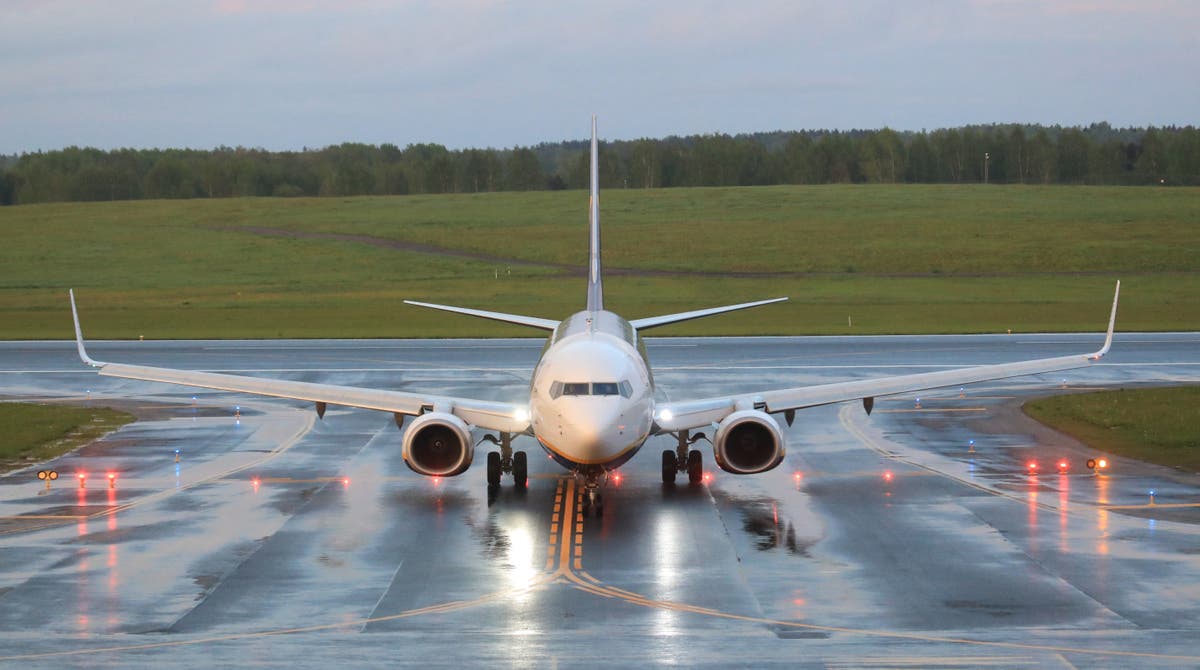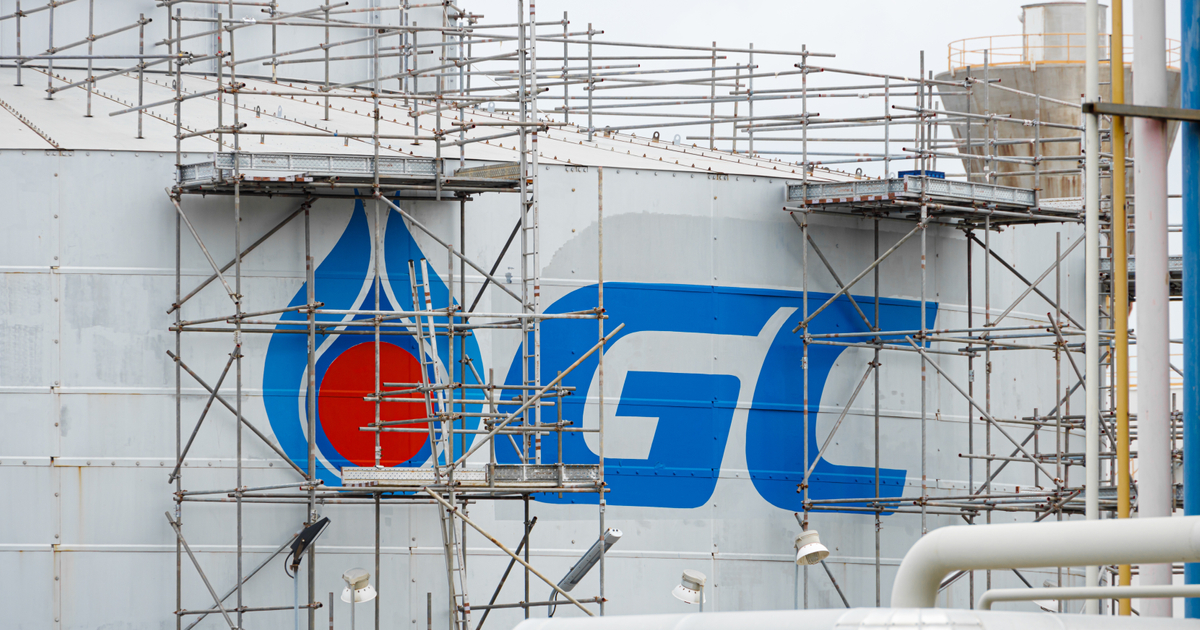Alibaba poured S$1.8B into Lazada this year, proving that money can’t buy success
Throwing more money (and people) at the problem simply doesn't seem to work if you don't have a vision for what the business should actually be. Or a sense of ownership and motivation that founders are equipped with.

Disclaimer: Opinions expressed below belong solely to the author.
Latest filings revealed that in addition to over S$530 million that Alibaba topped Lazada up with in May, the Chinese giant added another S$1.28 billion, bringing the total to just over S$1.8 billion for 2022.
It means that since 2018, Jack Ma’s company has invested over S$8 billion (more than US$5.7 billion) in the former leader of Southeast Asian e-commerce, while continuously seeing its market share slip to competing Shopee.
In this time, the company has had five different CEOs, none of whom was able to leverage its position and brand to the extent it should have been possible.
Throwing more money (and people) at the problem simply doesn’t seem to work if you don’t have a vision for what the business should actually be.
David vs. Goliath
 Image Credit: Wallpaper Cave
Image Credit: Wallpaper CaveAlibaba and Sea could not be more different.
One is an extremely wealthy company reporting over US$20 billion in net income per year, and the other is a diminutive upstart running constant losses, with holdings of little over US$10 billion left that may help it keep its head above the water for another two to three years, before it runs into the risk of bankruptcy (which is why it is now scrambling to reduce costs, lay off redundant staff and optimise business efficiency).
And yet, it is the latter that is winning, no matter how much money its enormous opponent throws at the market.
Sea’s e-commerce flagship, Shopee, was neither the first to the Southeast Asian e-commerce scene, nor does it have the resources, vast Chinese presence, or even Alibaba’s network of suppliers of just about everything in the world.
On paper, it should be swept away, and yet, it is not only surviving — but beating Alibaba at its own game.
Death by a thousand cuts
While Sea raised several billion dollars from its IPO and subsequent financing rounds, Lazada wasn’t exactly starved of money either.
Its Chinese parent has thus far pumped, on average, close to S$2 billion into the company each year. And unlike the ambitious Singaporean upstart, it could afford to burn those funds.
By the time Shopee debuted, Lazada was already an established billion-dollar venture present in several countries.
Unable to beat it on size and funding, Shopee had to be more nimble, focused and build its own competitive advantages. And it did.
It seems to me that Alibaba’s executives thought they were buying a market winner — a dominant brand nobody could really challenge (basically a regional equivalent of Alibaba) — so they did not treat Shopee’s existence as a realistic threat. More like another of a number of wannabes trying to make a buck on e-commerce.
And then, the new platform showed Lazada its place.
There’s no single reason why Shopee came out on top, no single recipe, or an ‘eureka!’ moment. Shopee is simply slightly better at everything.
 Shopee’s small advantages added up over the years…
Shopee’s small advantages added up over the years…It’s better at advertising (even if sometimes in cringey ways), it developed a better app, gradually (and more quickly) added more features, and was also able to drive engagement and app downloads to top spots on both iOS and Android in every market it entered.
And while rudderless Lazada kept appointing a new CEO each year on average, Shopee successfully exported its methodology further abroad, starting with Latin America. All of these small victories added up with time to the triumph over the seemingly larger, wealthier, better established rival.
Last year, Lazada announced that it wants to push US$100 billion in GMV per year by 2030, while Shopee is already hitting US$80 billion across all of its markets.
So, how was Shopee able to score all of these wins? Are there any secrets in tech that people at Alibaba would be unaware of?
Founders outsmart managers
I think a frequently overlooked factor in success is a sense of ownership.
While Lazada has been managed by bureaucrats dispatched from somewhere else by the company’s new owner for the past few years, Sea is run by its founder while Shopee’s long-time direct CEO, Chris Feng (now Group’s president), had been with with the e-commerce app since its inception in 2015.
 Sea’s founder and CEO, Forrest Li
Sea’s founder and CEO, Forrest LiIt’s important to note that managers never have the same motivation to work on, grow and develop something that is not their ‘baby’.
Being a manager — even a CEO — is always just a job (even if you’re bestowed with some stock options as part of your package). Being a founder is like being a parent, and you would do anything for your child.
Fully aware of this truth, even Warren Buffett, while taking a large stake in a business, would often leave the existing management in charge — because they knew better than he ever could, and he just wanted a part in their success.
This is why I don’t think Lazada can compete with Shopee as long as Forrest Li is closely in charge of the business. Lazada was built by Rocket Internet with the sole purpose of being spun off at some point in time, netting the original founders a healthy return.
In contrast, Shopee was conceived as part of Forrest Li’s family of mutually reinforcing businesses, which will one day represent his legacy. And it seems that not even billions of dollars can trump that.
Featured Image Credit: Vulcan Post

 Hollif
Hollif 
































